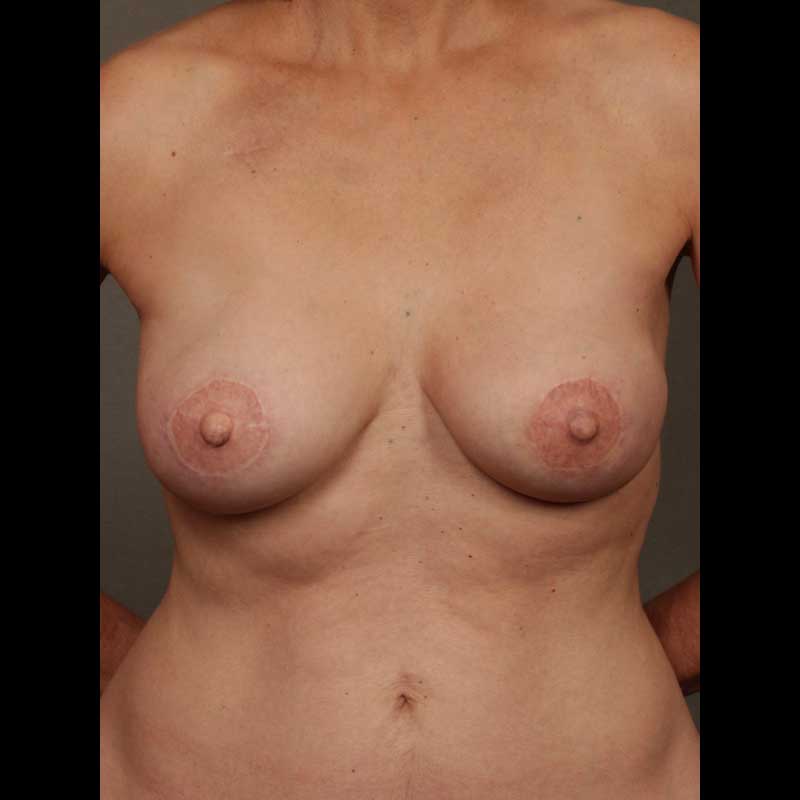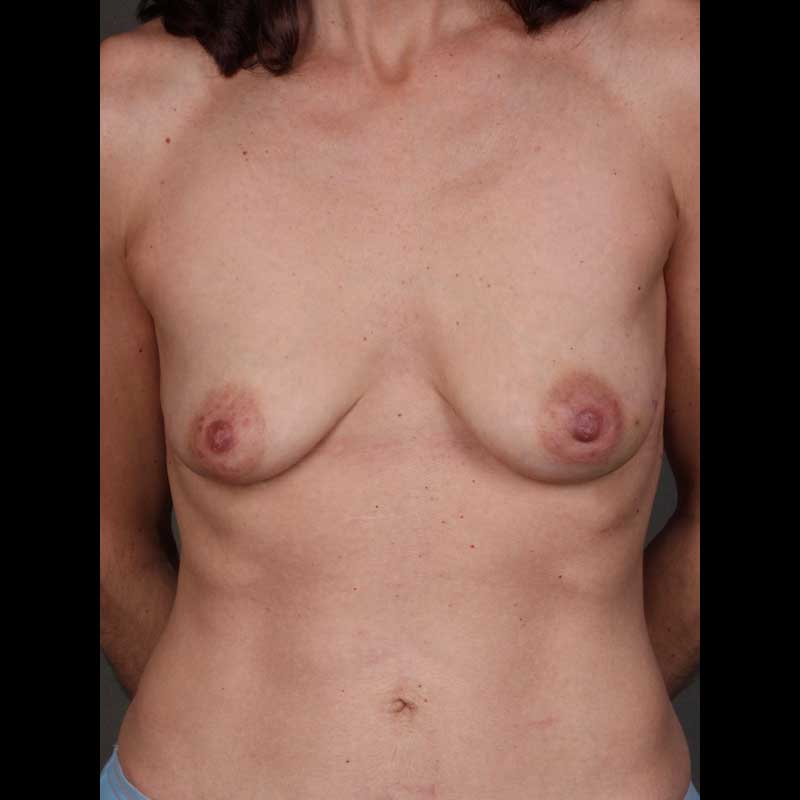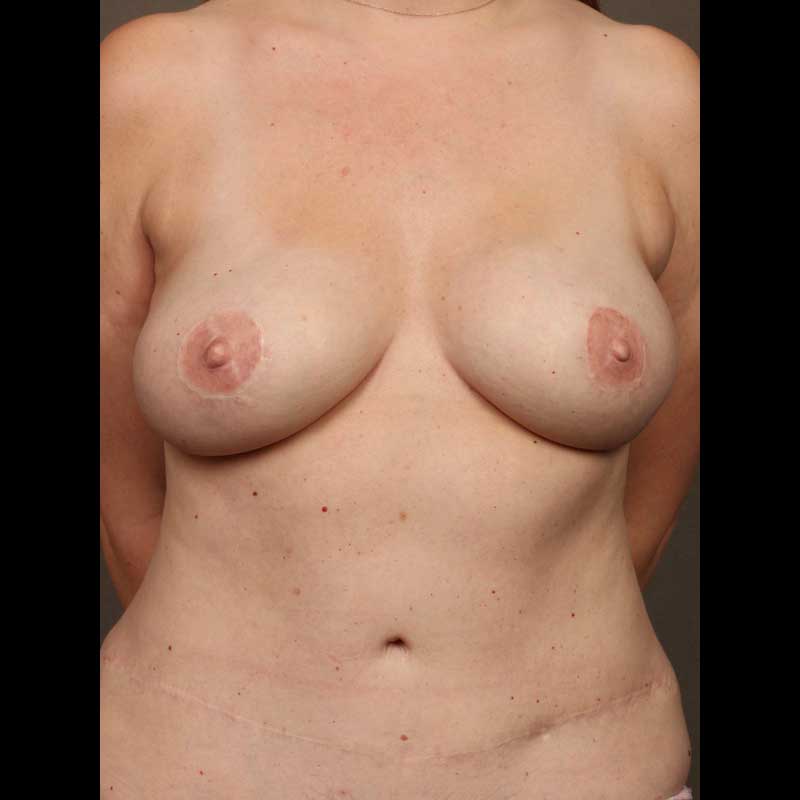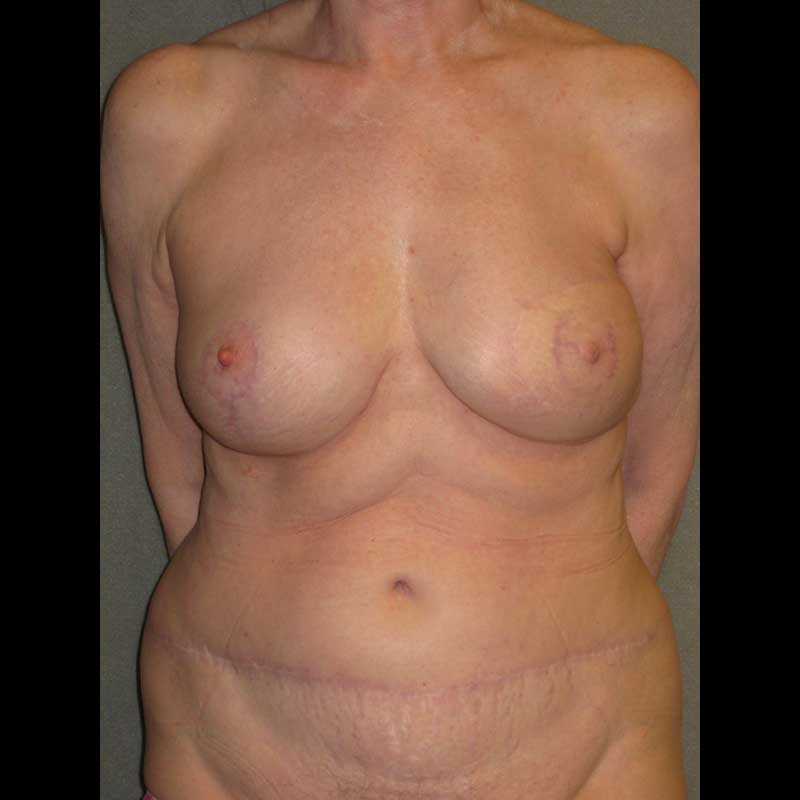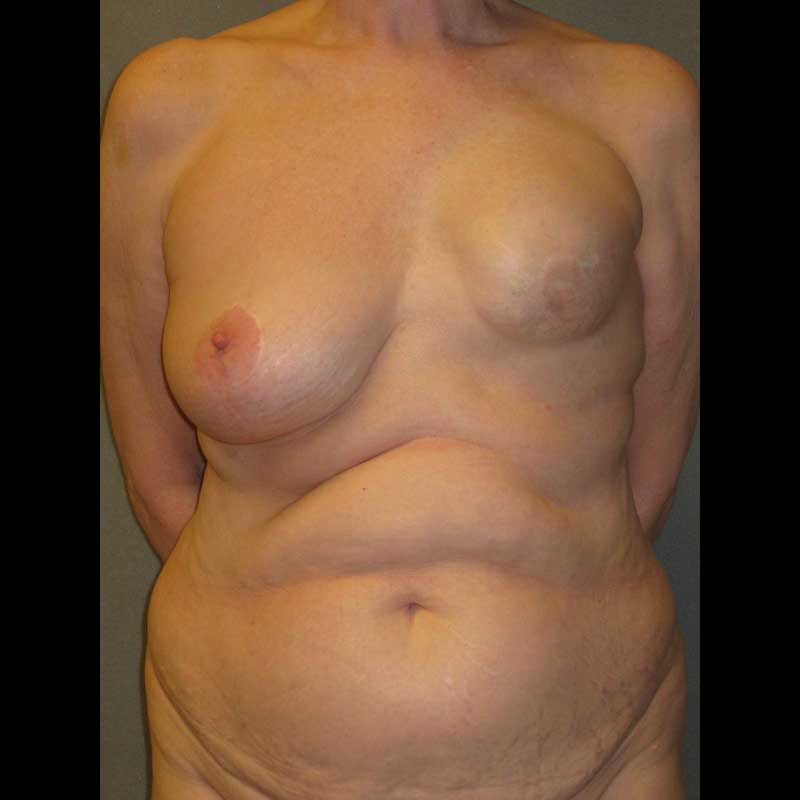Summary
The GAP flap technique is an alternative to abdominal and thigh flap breast reconstruction procedures. In GAP flap breast reconstruction, skin and fat are harvested from the buttocks, along with perforator vessels which are teased out from the gluteal muscle through small incisions. As with DIEP and SIEA flap reconstruction, the muscle itself does not have to be harvested for transfer. Both the superior and inferior gluteal vessels can be utilized in conjunction with the number of perforators required determined during surgery.
This approach tends to be technically more difficult than other procedures, but for patients with insufficient abdominal tissue, the GAP flap can provide a natural-tissue reconstruction avoiding the need for implants.
Types of procedures
- SGAP flap: The SGAP flap uses the superior gluteal artery to carry the blood supply of the upper buttock and hip soft tissue. Once the flap donor site is closed, there is a flatter contour to the buttock.
- IGAP flap: The IGAP flap uses the inferior gluteal artery and the lower buttock soft tissue. This flap is not ideal because fat is removed from the lower buttock, which is important for weight bearing in the sitting position.
Procedure details
- After mastectomy the patient is positioned on her belly
- Ellipse of skin and fat is harvested from the buttock along with perforator vessels
- Incisions on the buttock are closed
- Patient is turned on to her back, and the flap is secured to the chest
- Blood vessels are connected using an operating microscope
- The flap is stitched to the chest in the form of a breast
Risks & Benefits
As with any microsurgical free flaps, problems with flap blood supply can occur after surgery. Although this risk is very small, should there be problems with blood supply, additional surgery may be needed to complete the breast reconstruction.
The most significant disadvantage associated with GAP flap breast reconstruction is its difficulty. The procedure itself is more difficult than other natural tissue flap reconstruction techniques because of the relationship between the donor site and mastectomy site. As such, if both breasts are going to be reconstructed with GAP flaps, it is frequently recommended that both sides are not reconstructed at the same time. Instead, each breast reconstruction would be performed separately.
Tissue from the buttocks also tends to be harder to shape into a natural breast substitute as compared to tissue from the abdomen or inner thigh. Despite these disadvantages, GAP flap reconstruction can produce quality outcomes and can be a good alternative when other donor sites are unavailable.
Frequently Asked Questions
Why are GAP flaps not done as commonly as other types of laps?
GAP flaps are rarely done because most patients who choose natural-tissue breast reconstruction will have other, more favorable flap donor sites available, such as the lower abdomen and thighs.
